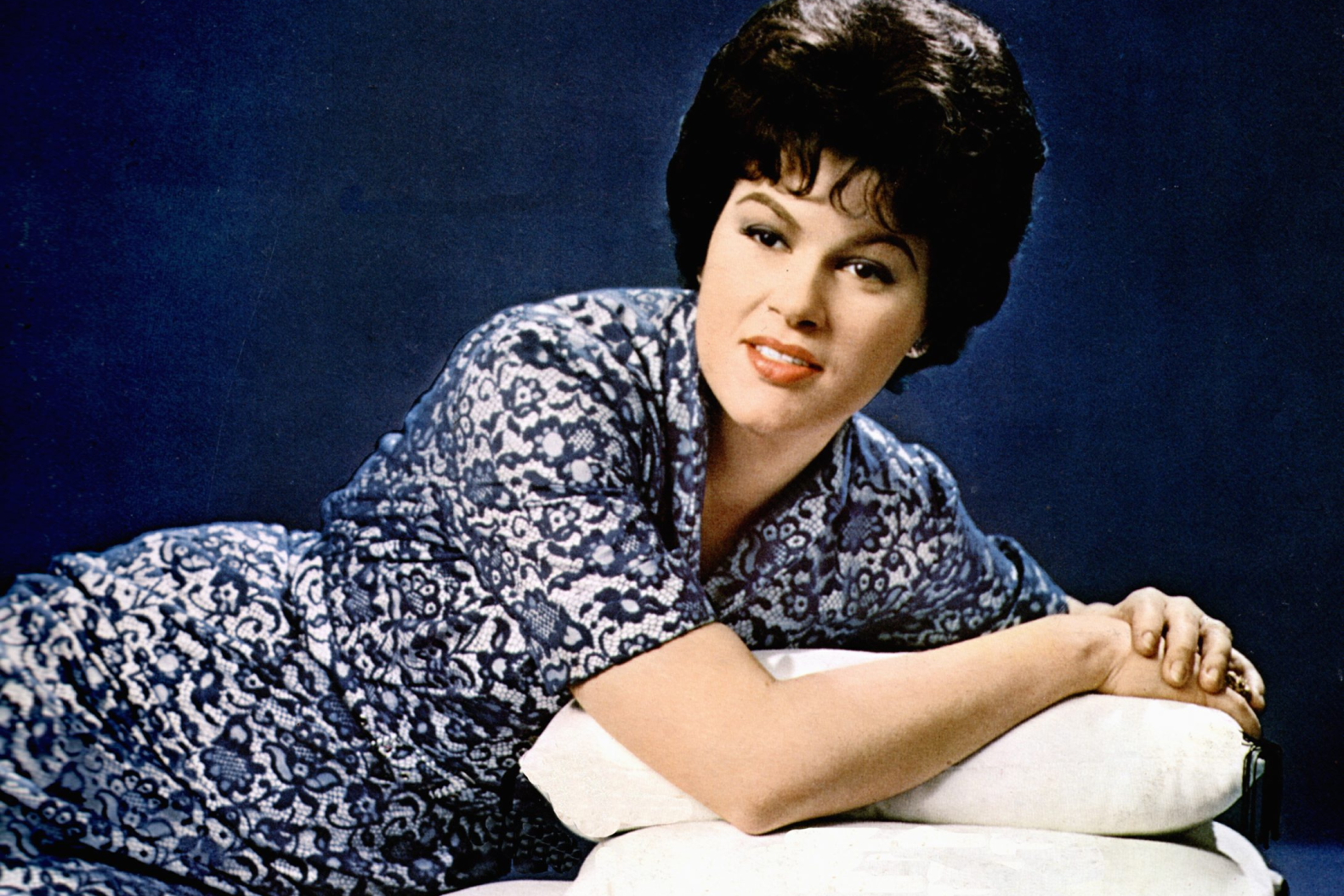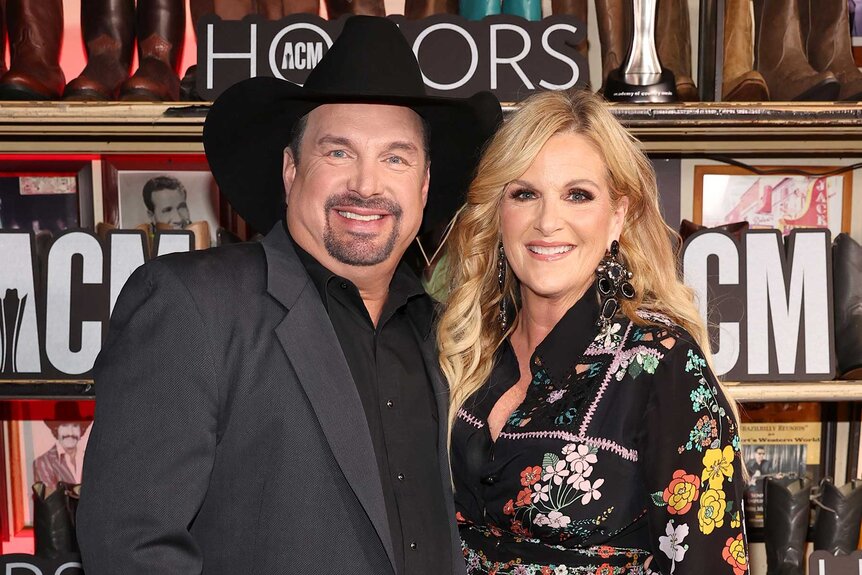Country music has come a long way from its humble beginnings in the rural American South to dominating the charts worldwide. Once defined by twangy guitars, fiddles, and heartfelt storytelling, the genre has undergone multiple transformations, adapting to new musical trends while retaining its core essence. Over the decades, country music has shifted from niche radio stations to mainstream airplay, crossing over into pop, rock, and even hip-hop. This evolution has been driven by changes in production, the rise of digital streaming, and the influence of crossover artists. Today, country music is more diverse than ever, appealing to a broad audience beyond its traditional fan base. But how did this happen? Let’s explore the key stages of country music’s journey on the charts and how it has evolved into a global powerhouse.
1. The Traditional Era: The Foundation of Country Music
In the early 20th century, country music was deeply rooted in folk, blues, and gospel traditions. Artists like Hank Williams, Johnny Cash, and Patsy Cline were pioneers who brought storytelling to life through raw emotion and simple yet compelling melodies. During the 1950s and 1960s, country music had its own dedicated charts, such as the Billboard Hot Country Songs chart, where traditional honky-tonk and bluegrass styles thrived. At this time, the genre remained distinct from mainstream pop, largely appealing to rural audiences. The Grand Ole Opry played a crucial role in establishing country music as a respected art form. However, as rock and roll and Motown gained popularity, country music faced pressure to modernize while preserving its authenticity.
2. The Nashville Sound and Pop Influence
The 1960s and 1970s saw the emergence of the “Nashville Sound,” a polished production style that made country music more radio-friendly. Artists like Patsy Cline, Jim Reeves, and Glen Campbell adopted smoother vocal styles and orchestral arrangements, making country music more accessible to mainstream listeners. This shift helped country songs break into the Billboard Hot 100, leading to increased national and international recognition. As the genre gained momentum, artists like Dolly Parton and Kenny Rogers further blurred the lines between country and pop, achieving crossover success. Their hits resonated with wider audiences, proving that country music could compete on the same charts as rock and pop songs. This period laid the foundation for future cross-genre collaborations that would shape country music’s identity.

3. The Country-Pop Boom of the 1990s and 2000s
The 1990s ushered in a golden era for country music, as artists like Garth Brooks, Shania Twain, and Faith Hill brought the genre into the mainstream. With high-energy performances, stadium tours, and mass appeal, country music saw record-breaking album sales and consistent appearances on both country and pop charts. The rise of country-pop made it easier for artists to gain recognition outside traditional country radio, thanks to TV exposure and crossover appeal. By the 2000s, acts like Taylor Swift and Carrie Underwood further bridged the gap between country and pop, reaching audiences beyond the genre’s core fan base. Taylor Swift’s transition from country to mainstream pop illustrated the shifting terrain, where country artists no longer had to stay confined within genre boundaries to achieve success.

4. The Digital Age and Crossover Domination
With the rise of streaming services and social media, country music has become more versatile than ever. Streaming platforms like Spotify, Apple Music, and YouTube have allowed country artists to reach global audiences instantly. The genre has also embraced collaborations with pop, rock, and even hip-hop artists. Hits like “Old Town Road” by Lil Nas X and Billy Ray Cyrus or “Meant to Be” by Bebe Rexha and Florida Georgia Line exemplify how country music has adapted to modern trends. The Billboard Hot 100 now regularly features country artists breaking traditional boundaries. Today, artists like Morgan Wallen, Luke Combs, and Kelsea Ballerini continue to push the genre forward, proving that country music is no longer limited to one sound or audience but has evolved into a global sensation.


